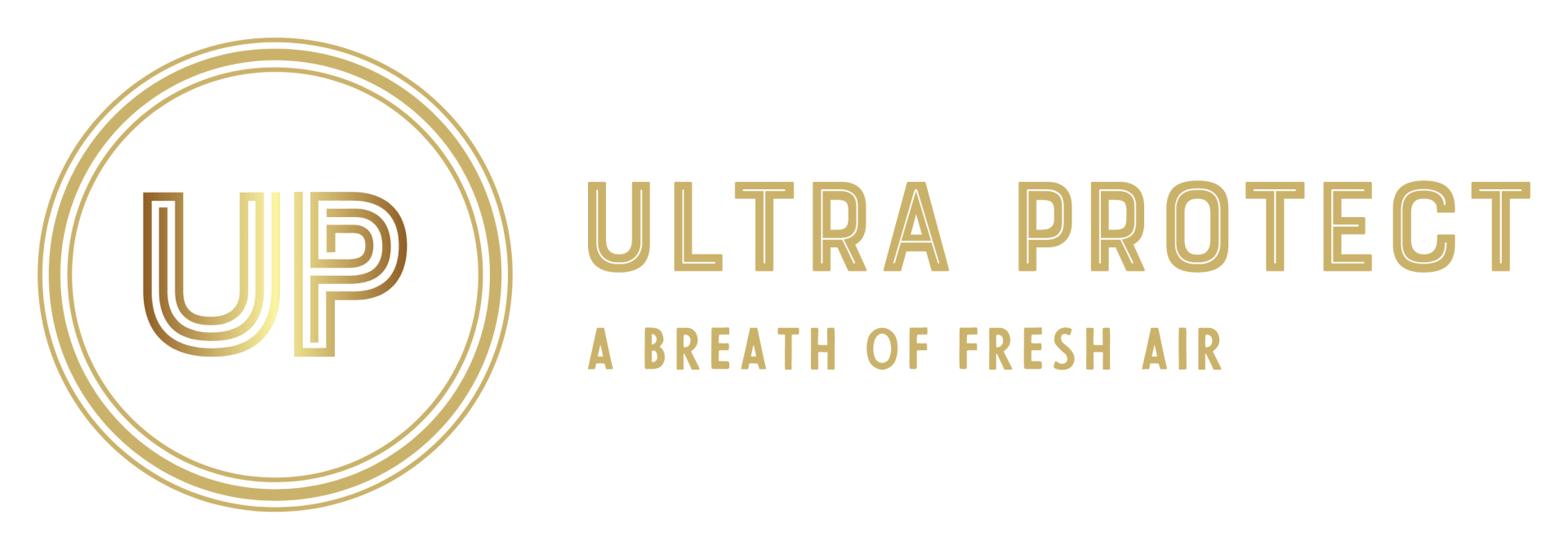
environment that is a hotbed for dust, one of the key ways in which you should be prioritising their health is through improving and maintaining air quality - which can be done by reducing construction dust levels.
With something as significant as the air we breathe often being overlooked, let it instead be one of your priorities. How can you ensure the air is safe to breathe at your construction site? With a reliable dust monitoring device.
Read on below as we discuss how dust monitoring devices can be beneficial to you and your workforce in more detail.
What is a Dust Monitoring Device?
A dust monitoring device is used to detect and assess the presence of particulate matter in the air and the levels of these. Particulate matter refers to liquid droplets or solid particles that are suspended in the air. Some of these can be large enough to see with the naked eye, whilst others are microscopic.
Monitoring this particulate matter at your workplace provides information on the surrounding air quality, allowing you to see whether your workers’ health is at risk and to what degree, so that the necessary measures can be taken to protect them from this exposure.
Construction workers are especially vulnerable to the exposure of particular matter, since the nature of the work involved in this line of work means high levels of construction dust tends to be produced in a very short amount of time.
These fine particles can easily be inhaled, which can have adverse effects on a person’s health - especially when they’re hazardous, such as silica dust. That’s why exposure to these must be taken seriously, with dust monitoring equipment being the modern safety technology that should be your first point of call.
There are two predominant types of dust monitoring equipment: freestanding monitoring equipment and personal monitoring devices - both of which we provide here at Ultra Protect.
Freestanding Dust Monitoring Equipment
Freestanding dust monitoring devices are used to measure and monitor the levels of dust, noise or vibration in a specific area - predominantly construction sites, due to the amount of debris they produce that can affect the surrounding environment.
These types of particulate monitors are fully automated and designed for continuous monitoring of dust levels in all conditions. They are connected to an online system that allows you to remotely view these automated reports showing the levels of dust and other particulates at your site at any given time.
Personal Monitoring Devices
Whilst freestanding monitoring devices detect the presence of particulate matter in surrounding areas, personal monitoring devices are wearable instruments that monitor dust levels a singular worker is exposed to throughout the day, with the purpose of minimising inadvertent exposure to respirable dust.
An example of one of these types of monitors is the DustCanary TREND 420. This wearable device provides instant visual and audible alarms to alert the wearer when they are exposed to increased respirable dust, including respirable crystalline silica (RCS), so that they can take the necessary action to minimise their exposure.
This gives workers continuous protection without affecting their productivity or work patterns.
The Benefits of these Devices for Effective Dust Management
Safer Working Conditions
By monitoring on-site dust levels that your workers are exposed to through the use of real-time monitoring, you are able to take the necessary actions to mitigate the risks such particulate matter poses to their health.
Dust monitoring provides valuable data for dust risk assessments; understanding the types and levels of dust particles present at your site allows you to identify high-risk areas, so you can then develop targeted strategies to minimise exposure to these and create conditions that are safer to work in.
More Efficient On-site Work
Due to the speed and effectiveness of these devices, they allow your workers to complete their working tasks more efficiently whilst working on-site. This is the case for a number of reasons.
Firstly, the alarm system within personal monitoring devices allows your workers to implement the necessary control measures and adorn the appropriate PPE to protect them from inhaling any of the respirable particles in the air. Upon doing so, they can then continue their work with minimised delay.
In addition to this, consistent monitoring of particle levels and implementing the appropriate precautions in relation to these reduces the likelihood and number of workers who experience respiratory and additional health issues. Not only is this important for their safety and wellbeing, but the healthier your workers are, the more efficiently they can work.
Health Benefits
Construction workers are some of the key individuals who are affected by long-term exposure to harmful respirable particles, which can ultimately lead to serious diseases such as lung cancer and silicosis - respirable dust is sometimes referred to as a silent killer as a result of this.
By controlling the levels of these particles at your construction site and minimising workers’ exposure to them, you will be significantly improving their health - both in the short-term and the long-term - by reducing their risk of developing work-related respiratory issues.
Accurate & Detailed Readings
Dust monitoring devices don’t just monitor the levels of particulate matter in the air, but they are able to distinguish which individual particles and gaseous pollutants these are (e.g. RCS) and their individual levels.
Because some of these particles are more harmful than others, this allows you to implement the appropriate safety measures depending on the level of consequence that each of these different particles may otherwise present if left undetected.
Fast On-site Data
By having remote access to instant on-site data thanks to dust monitoring devices, any issues can be detected early and resolved imminently. Furthermore, the monitoring of dust at your construction site can reveal any sudden increases in dust levels, thus indicating potential problems with your on-site activities or the failure of control measures that have been put into place.
It is essential that such issues are detected sooner rather than later in order to prevent the escalation of the health and safety risks that they otherwise pose.
Compliance with Legislation
As an employer, you must comply with the Health and Safety Executive (HSE) guidance and laws to ensure that your workplace is safe to work in. This includes adhering to the permissible Workplace Exposure Limits (WELs) that have been set under the Control of Substances Hazardous to Health (COSHH) Regulations for certain types of dust, such as silica.
Being able to monitor the dust levels at your workplace, you can ensure that you are complying with these regulations, thus avoiding your chances of facing potential legal penalties and enforcement actions.
Dust Control Products & Services
With construction dust being a prevalent risk, new laws are constantly being put into play to protect employees and visitors at construction sites. If you’re looking to ensure your compliance with these rules and regulations, then there are numerous steps you can take to do so - reaching out to us here at Ultra Protect is the first step you should take.
As well as providing dust monitoring equipment for hire or purchase, we offer an extensive range of services to help you achieve effective dust management at your site.
One such service is our dust risk assessment, whereby we will assess your on-site dust risks, control these risks and provide a review of these in comprehensive dust reports. As well as helping you identify the risks at your site, we are also able to provide training to all personnel so that your employees can practise effective dust management independently.
This will prove to be invaluable to you and your business when it comes to future dust management, however we also understand the importance of reducing the present risks dust provides at your site. That’s why we offer solutions to remove 95% of construction dust from the air, keeping you compliant with legislation, your workers safe and your site ready for any upcoming HSE inspections.
If you’re ready to discuss the solutions we offer in more detail and arrange your dust management assessment, then don’t hesitate to get in touch with us today. We’re proud to be your one-stop solution for dust management services.







